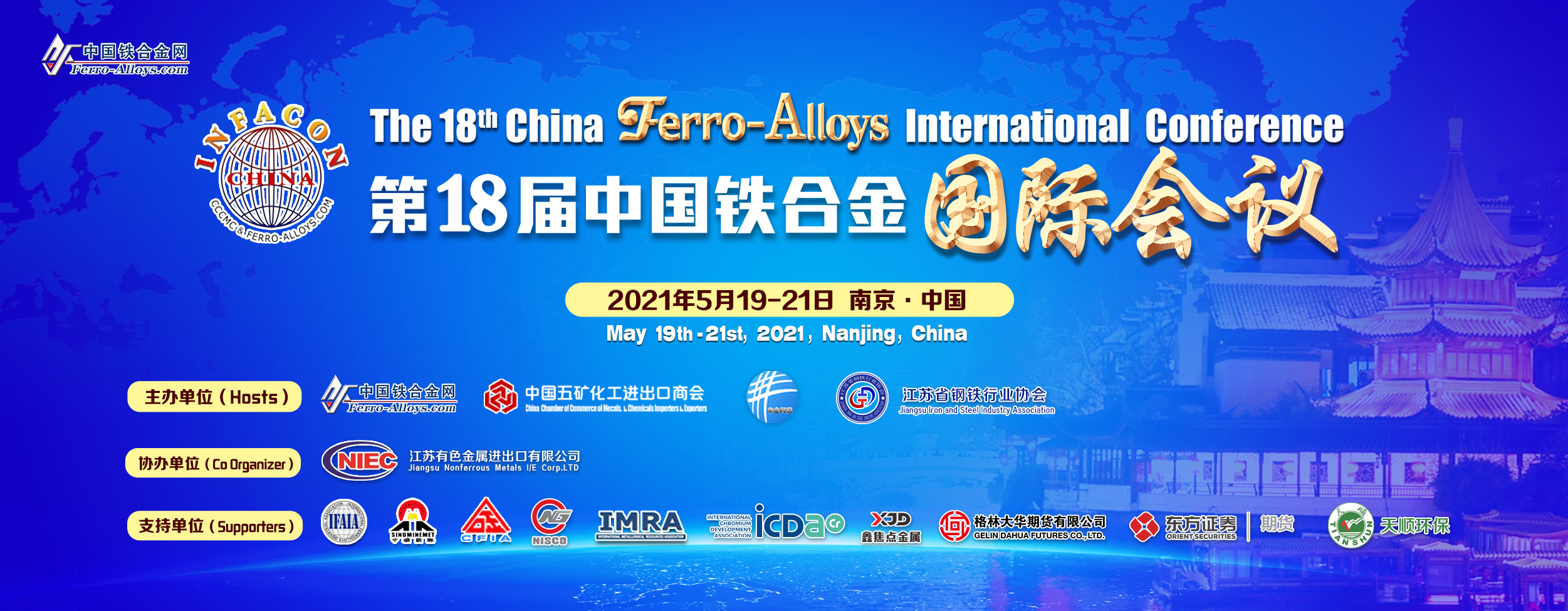By not setting specific economic targets for the next five years, China has unleashed greater flexibility to achieve sustainable growth and meet its carbon reduction goals, a UN official said.
Beate Trankmann, the United Nations Development Programme's resident representative in China, said China can provide useful resources and lessons for developing countries looking to go green.
Instead of setting an economic growth target, the 14th Five-Year Plan (2021-25) states that the growth target should be kept "at a reasonable range", which was a positive step, she said in an exclusive interview with China Daily.
"This indicates that China is transitioning from years of fast, quantitative growth to higher-quality, more sustainable growth, allowing more room to pursue other equally important goals, including environmental ones," she said.
Trankmann also praised China for setting carbon reduction targets last year when the world was facing the COVID-19 pandemic.
While addressing the general debate of the 75th session of the UN General Assembly via video link in September, President Xi Jinping announced that China aims to have carbon dioxide emissions peak before 2030 and achieve carbon neutrality before 2060.
"This was a vital commitment that came at a critical time when temptations were high to relax climate measures to boost economic recovery from the pandemic," Trankmann said. "It helped set the stage for a transition toward decarbonization both domestically and overseas."
Many climate experts agree that absolute emissions will need to plateau by 2025 to get China firmly on the path toward carbon neutrality before 2060.
"Meeting the carbon neutrality target is even more challenging for China, where growth is still relatively high compared to other parts of the world," she said.
"Carbon intensity must fall at a rate that more than offsets emission increases from growth, while energy consumption needs to be controlled."
The UN official said she looks forward to more emissions targets in the coming years, especially those related to coal, a major contributor to the country's carbon dioxide emissions.
"More explicit targets to achieve carbon neutrality will be critical in the coming years, including a total emissions cap and targets for limiting coal consumption. This will be a major part in tackling emissions in China, since coal makes up 56.8 percent of total energy," Trankmann said.
Curbing coal use will not be easy, given how it has an impact on energy security and livelihoods in all countries. But there have been positive signals that will favor the process in China, she said.
The China Coal Association projects that coal consumption, amid rising energy demand, will be capped at 4.2 billion metric tons in 2025, which is close to the current level.
Trankmann said China can achieve its emissions targets by continuing its transformation toward a green economy and redirecting investment. This includes reducing financing for fossil fuels and setting carbon prices in a way that reshapes use.
"The assumption that this will come at the cost of economic growth is false. It will actually cost much more later to adapt to the damage brought by climate change than it will cost to mitigate today. So it makes business sense to act now," she said.
Green sectors are already some of the fastest growing in China, Trankmann said. With one-third of the world's installed wind power and a quarter of its solar capacity, China is at the forefront of advancing low-carbon transportation.
As a leading player in renewables, China can provide useful resources and lessons for developing countries looking to go green, including knowledge-sharing and technology transfers via (developing nations') South-South cooperation, she said.
It is vital that China brings strong environmental awareness to programs and investments in other countries, while supporting partner countries in achieving their goals in the Paris Agreement on climate change, Trankmann said.
Another promising area for international cooperation is sharing China's experience in combining energy and poverty alleviation targets and building home solar systems and small off-grid photovoltaic power plants.
Source: CHINA DAILY

Copyright © 2013 Ferro-Alloys.Com. All Rights Reserved. Without permission, any unit and individual shall not copy or reprint!
- [Editor:kangmingfei]



 Save
Save Print
Print Daily News
Daily News Research
Research Magazine
Magazine Company Database
Company Database Customized Database
Customized Database Conferences
Conferences Advertisement
Advertisement Trade
Trade

















Tell Us What You Think